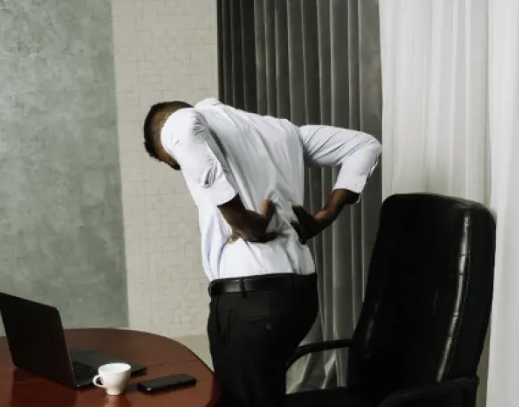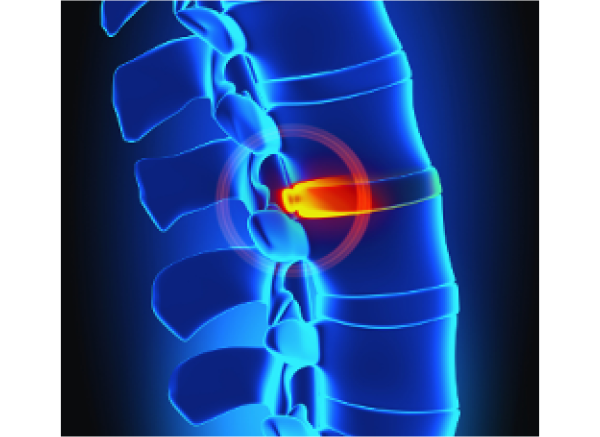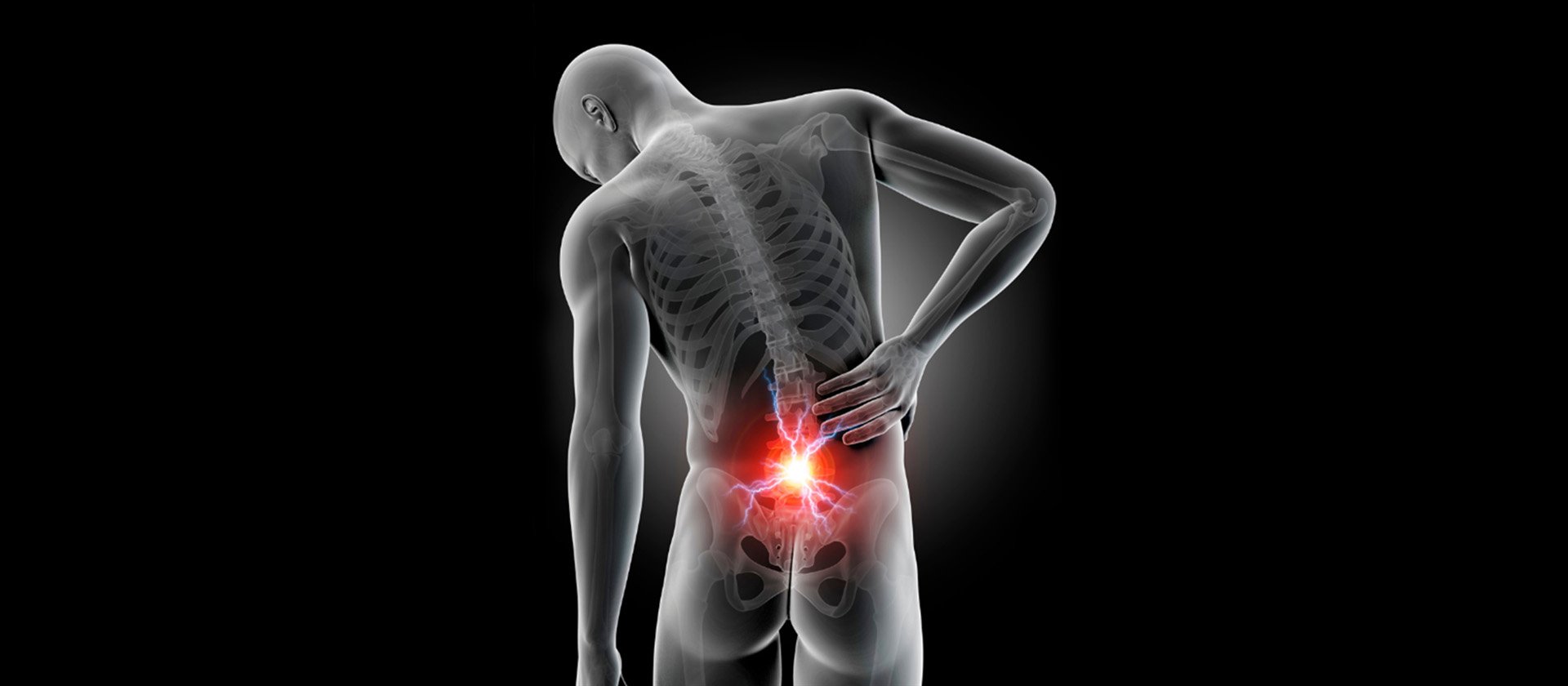If you're looking to find effective relief for spinal stenosis without undergoing surgery, what specific options and strategies should you consider?
First Let’s Take a Closer Look at Spinal Stenosis:
Spinal stenosis is when there is a narrowing of the spaces within your spine, which can put pressure on the spinal cord and nerves. This painful condition frequently results in discomfort, numbness, and muscle weakness. While surgery remains a viable choice, there are proactive steps you can take to improve your condition without resorting to surgical intervention
Consult with a Healthcare Professional.
The first step is to find a quality healthcare professional to discuss your medical history and symptoms. Based on their evaluation, your doctor will make a personalized treatment plan tailored to your specific condition.

Make Time for Physical Therapy and Exercise.
Physical therapy plays a pivotal role in managing the pain of your spinal stenosis. While exercise is essential, doing too much can lead to injuries. A physical therapist can design a program to suit to your needs. Your physical therapy should include these activities:
Work on Your Posture: It’s important to learn how to how to sit and stand better, with proper spinal alignment. This will lessen the pressure on your spinal cord and nerves.
Flexibility: Stretching exercises can do a lot to improve the flexibility of your spine and the surrounding muscles.
Strengthen your Core: Strengthening your core muscles is key. This will help stabilize your spine and relieve the strain. Activities such as yoga and Pilates are recommended, as they promote flexibility, balance, and strength, which are essential for managing spinal stenosis.
Watch Your Weight
Extra body weight can put a lot of strain on the spine, contributing to pain and discomfort. A well-balanced, lower-calorie diet can assist in achieving and maintaining a healthy weight. Regular exercise is also crucial for weight management and overall well-being.

Setting up an ergonomic workspace can help you manage the effects of spinal stenosis on your daily life, especially if you're working long hours sitting.
The pivotal role a quality office chair.
The significance of an office chair, particularly when it comes to alleviating the symptoms of spinal stenosis, can’t be overstated. A well-designed office chair should have these key elements
Spinal and Posture Support: Office chairs with ergonomic designs provide essential support to your spine. Proper pelvis support helps maintain the natural curve of your lower back. For individuals with spinal stenosis, this support is especially critical because it helps reduce pressure on the spinal cord and nerves, alleviating pain and discomfort.Maintaining good posture is vital in preventing the worsening of spinal stenosis symptoms. Slouching for long periods with incorrect posture can worsen spinal stenosis symptoms.
Adjustability: Ergonomic office chairs have lots of personal features to fit your unique body shape and size. Features like adjustable seat height, seat depth, armrests, and backrest angle allow you to tailor the chair to your specific needs. These features ensure that you sit in a position that minimizes discomfort.
Pressure Distribution in your Seat: Ergonomic chairs are designed to distribute your weight evenly across the seat and backrest. This helps prevent excessive pressure on specific areas of your body, such as the lower back, butt, and thighs. For spinal stenosis patients, even weight distribution can be crucial in helping with pain and pressure on the spine.
Comfort: Comfortable seating with a balance of support is essential. When you're comfortable in your chair, you're less likely to move around, looking for a better position. This naturally allows you to concentrate better on your work.
Long-Term Benefit
For those with spinal stenosis, a thoughtfully designed office chair isn't just a purchase—it's a commitment to your comfort and well-being. Complementing this with physical therapy, regular exercise, and maintaining a healthy weight can transform not just your workdays, but your overall quality of life.
If you are looking to improve posture and decrease pain while sitting, look no further than Anthros. Anthros is the only chair in the world that is guaranteed to improve posture or your money back. The science-backed, patented design is registered with the FDA as a posture-improving chair and is proven to have the lowest pressure (most comfortable) cushion on the planet (verified by university testing).
Take the next step to reducing pain, increasing comfort, and maximizing performance!
Spinal StenosisRecent Post

Exercises to Avoid With a Herniated Disc
March 6, 2025A herniated disc can put a serious damper on...

Gentle Back Exercises for Lower Back Pain & Herniated Discs
February 17, 2025Adding a cushion to your office or gaming chair...

Bulging Disc vs. Herniated Disc:
February 5, 2025Adding a cushion to your office or gaming chair...









